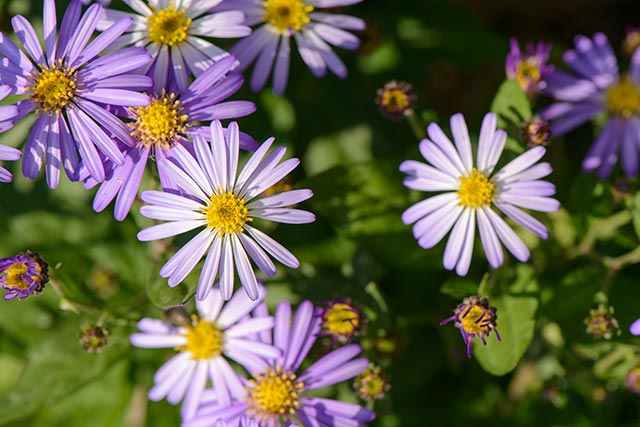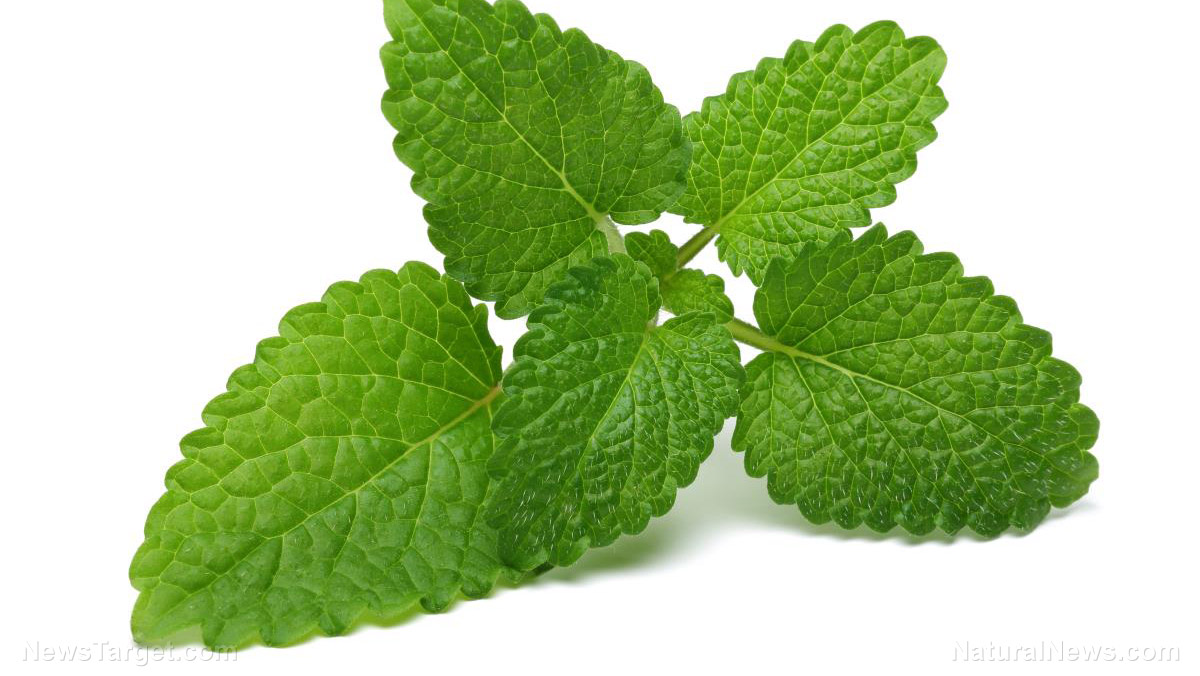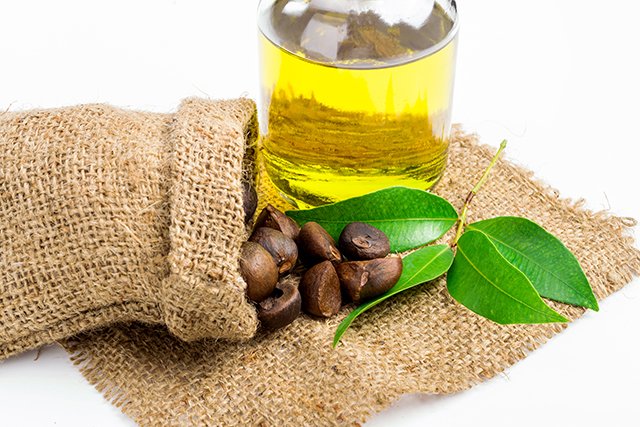Scientists find Ayurvedic medicine can help treat Type 2 diabetes
08/15/2018 / By Edsel Cook

Patients with Type 2 diabetics may have a new, natural means of treating their complicated disease. Sri Lankan researchers tested the leaves of the red sandalwood for anti-diabetic properties. They reported that the leaves of this Ayurvedic medicinal plant possess potent anti-diabetic and antioxidant activity.
Nine out of every 10 diabetics have Type 2 diabetes. The disease can be regulated by eating the right food, constant exercise, and taking certain treatments.
Most medical complications associated with diabetes stem from oxidative stress caused by free radicals. Antioxidants are useful in alleviating these complications.
The traditional Ayurvedic medicine system in Sri Lanka uses extracts from the many parts of medicinal plants to treat various diseases. The red sandalwood (Adenanthera pavonina) is one of the plants used to alleviate the effects of diabetes, inflammation, and other disorders.
Earlier studies have reported that extracts from the seed and leaves of the tree show hypoglycemic and anti-hyperglycemic effects on diabetic rats. While the jury is out on the toxicity of the seeds, the leaves are often eaten by people in India and Sri Lanka without apparent ill effect. (Related: Food science: Indian herbs found to have profound protective effects against diabetes and Alzheimer’s.)
Sri Lankan researchers test Ayurvedic medicinal plant for anti-diabetic effect
Researchers from the University of Peradeniya investigated the ability of the leaf extracts of the red sandalwood to stop alpha-amylase activity and scavenge free radicals. They intended their experiment as a quantitative evaluation of the anti-diabetic potential of the medicinal plant.
To this end, they obtained fresh leaves of the sandalwood tree and prepared them with methanol to create an initial extract. The methanol extract was further fractionated using petroleum ether to create a different fraction.
The remaining methanol fraction was against broken down into two more extracts: Ethyl acetate and aqueous/water. That made for four different extracts and fractions.
They tested each extract for its ability to reduce the activity of alpha-amylase, an enzyme that breaks down food into glucose. Their effects were compared to that of acarbose, a standard anti-diabetic drug that inhibits alpha-amylase activity.
Next, the four leaf extracts were analyzed for the total amount of phenols in each of them. Phenols are plant-based compounds that account for much of the beneficial effects of plants.
Finally, the University of Peradeniya researchers tested the cytotoxicity of each extract. They used brine shrimp, simple and tiny animals that were very sensitive to toxic substances that could harm cells.
Eat the leaves of the red sandalwood tree to help remedy Type 2 diabetes
With regards to the inhibition of alpha-amylase activity, all four extracts were able to reduce the effectiveness of the enzyme. The crude methanol extract was the least effective, but it still matched the performance of acarbose. The other extracts were better than the anti-diabetic drug.
In terms of total phenolic content, the ethyl acetate extract contained the highest amount of phenols. This analysis matched the result of the DPPH radical scavenging activity test, where the ethyl acetate extract also showed the best antioxidant activity.
Phenols are powerful antioxidants. They are very effective at stopping free radicals that cause inflammation and tissue damage, a common problem in diabetics.
Last but not least, all extracts did not harm the brine shrimp. There were no compounds that could harm cells.
Their findings led the researchers to conclude that the leaf extracts of the red sandalwood tree can alleviate the symptoms of diabetes. They do this by reducing the activity of alpha-amylase enzymes and scavenging free radicals that cause diabetes-associated health complications.
Further research could identify the specific phenols responsible for the leaves’ anti-diabetic properties. In the meantime, they recommended consuming the leaves of the red sandalwood as a vegetable to remedy the worst effects of Type 2 diabetes.
Find out more information about phenols and other beneficial plant-based compounds at Phytonutrients.news.
Sources include:
Tagged Under: anti-diabetes, anti-diabetic, ayurvedic, ayurvedic herbs, Ayurvedic medicine, Ayurvedic therapies, diabetes, diabetes treatments, herbal diabetes treatment, Herbs, medicinal plants, natural diabetes treatment, prevent diabetes, Sandalwood



















